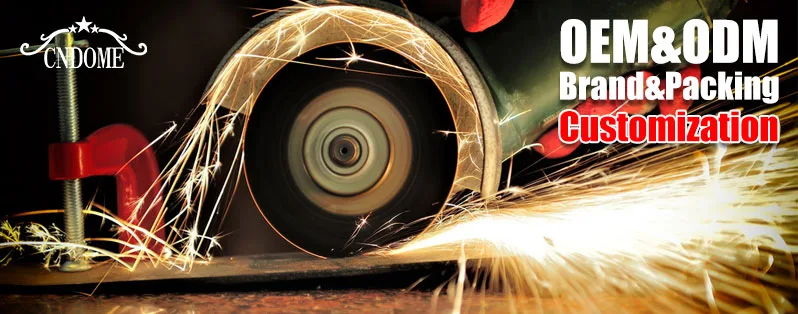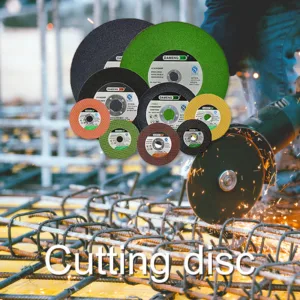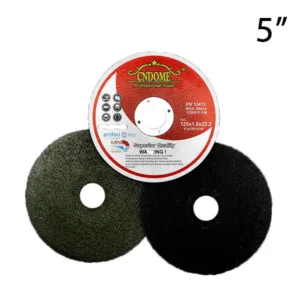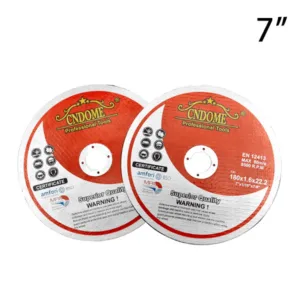When it comes to disk blades, size does matter. The choice of disk blade size can significantly impact your agricultural or industrial operations, influencing everything from efficiency to the quality of the work performed. In this post, we explore the factors to consider when selecting the optimal disk blade size for your specific needs.
1. The Importance of Disk Blade Size
Disk blades are crucial components in various applications, including farming, gardening, construction, and more. These circular metal discs are mounted on equipment like plows, cultivators, and harrows to cut, slice, and till the soil or other materials. The size of these blades directly affects their cutting or tilling capacity, the depth of operation, and the overall efficiency of the machinery.
2. Consider the Application
The size of the disk blades you choose should align with the specific application or task at hand. For instance:
Farming: In agriculture, disk blades are commonly used for soil preparation. The size should be matched to the type of soil, field conditions, and the depth of tillage required. Larger blades are more suitable for heavy-duty tilling, while smaller blades are ideal for finer soil preparation.
Gardening: In home or small-scale gardening, smaller disk blades are usually preferred for precision and ease of use. They can help create tidy rows for planting.
Construction: In construction, disk blades may be used for cutting and shaping surfaces like concrete or asphalt. The size depends on the job’s scale and the depth and precision needed.
3. Consider Equipment Compatibility
Your choice of disk blade size should also be compatible with the equipment you are using. Different machinery is designed to work with specific blade sizes. Ensure that the blades you select can be easily attached to your equipment and that they are rated for your machine’s horsepower and capacity.
4. Depth of Operation
The size of the disk blades also determines the depth of operation. Larger blades can penetrate deeper into the soil, which is essential for tasks like breaking up compacted ground. Smaller blades are more suitable for shallow operations or precision tilling in gardens.
5. Efficiency and Productivity
Selecting the right disk blade size can greatly affect your overall efficiency and productivity. Using blades that are too small for a large area can result in time-consuming work, while using oversized blades on a small plot might be inefficient and potentially damaging to the soil.
6. Maintenance and Longevity
The size of the disk blades can also affect their longevity and maintenance requirements. Larger blades may experience greater wear and tear, which can impact their lifespan and necessitate more frequent maintenance.
7. Experiment and Consult
Ultimately, the best disk blade size may require some experimentation and consultation with experts in your field. Trying different sizes and configurations can help you determine what works best for your specific conditions and needs.
In conclusion, the size of disk blades is a critical factor in achieving optimal results in various applications. Consider the nature of your work, your equipment, and your desired depth of operation when selecting the right blade size. A well-informed choice can significantly impact your efficiency, productivity, and the quality of your work.
Online Message
Minimum Order Quantity: 5,000 Pcs, 10 Pcs Free Samples.
Contact Us For More Information!
Tel/WhatsApp
+86 18796960868
[email protected]
Address




